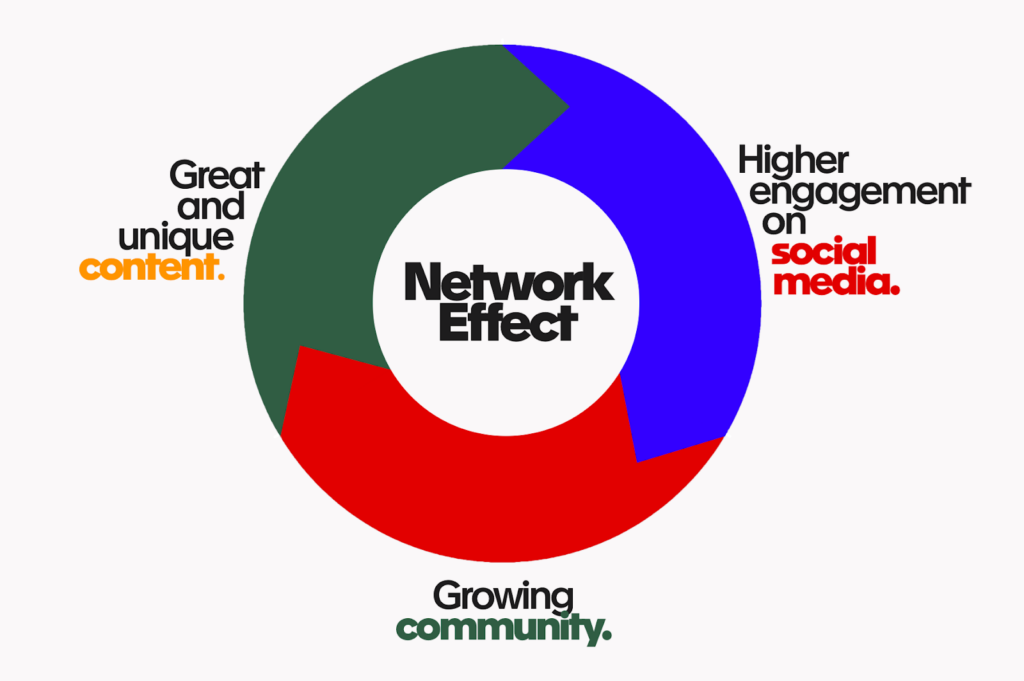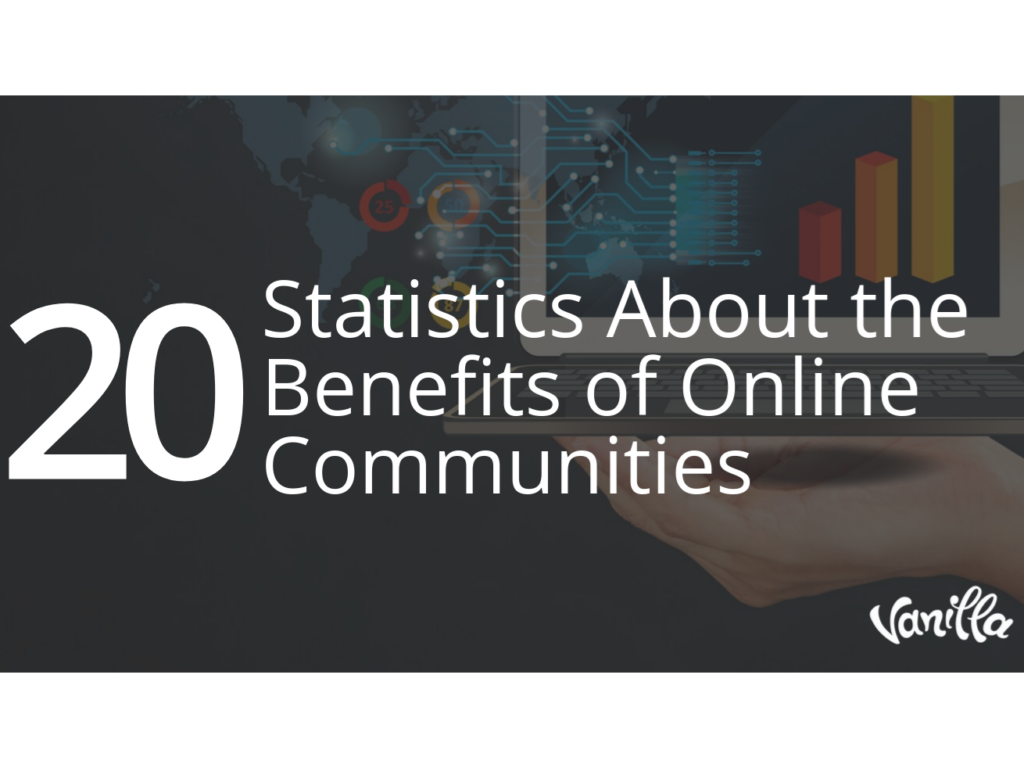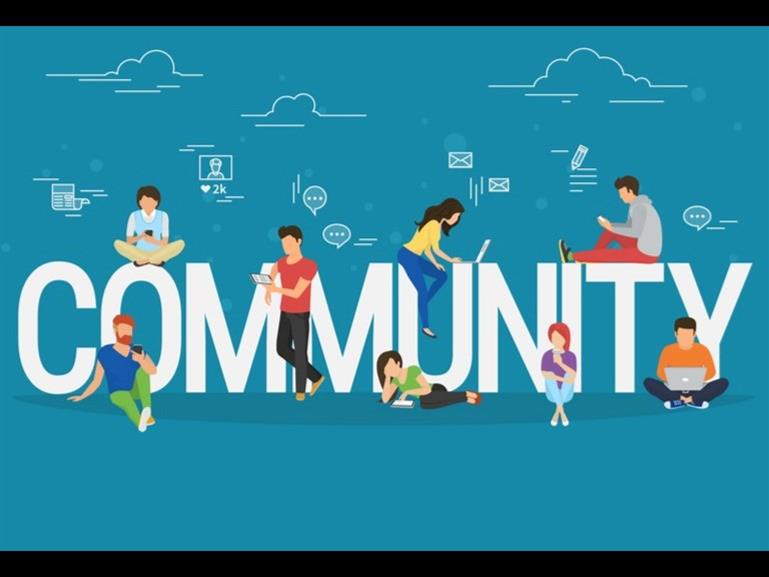
The Rise of Communities — Building Communities in B2B
Before Covid-19, customer engagement in B2B was often happening in person at sales meetings or trade shows — especially in traditional industries such as manufacturing, logistics, or construction. Now even trade fairs had to move online, and more companies are thinking about how to engage with their customers online continuously and build communities.
But what is a community? My favorite definition comes from Bailey Richardson. She was responsible for building the Instagram community before she started People & Company — a company that helps people build communities.
In her words:
“communities are simply groups of people who keep coming together over what they care about. The most vibrant ones offer members a chance to act on their passions with each other.”
Getting customers together online to talk about a subject they care about in B2B is not necessarily a new topic. Salesforce is doing it, Atlassian, Zendesk, Intercom — you name it. But Covid-19 has accelerated this trend and triggered even more companies doing it, also at a very early stage.
One big difference to Social Media is that not every employee is a potential influencer, but every customer within the community is a potential influencer (think customer-to-customer marketing). The influence of customers that validate the value of your product can influence potential leads and spread the word about your brand. Furthermore, engaged customers show higher loyalty. This brings us to why building a community can have a significant positive impact.
Why is building a Community important in B2B?
B2B communities can have a very positive impact on the whole customer lifecycle. In the pre-sales phase, the community can address prospects’ questions and provide showcases. For customers, the community can boost customer satisfaction, stimulate product adoption, and decrease support requests (Extreme Networks has a 91% (!) peer to peer support ratio). You can also use the community for insights and to develop new features. That’s why building a community in B2B is impacting many other departments — from customer support and marketing to the product department.

Screenshot from Holly Firestone’s talk
Holly Firestone, who was leading building the communities at Atlassian and Salesforce, shared some numbers in her talk about Communities at SaaStr and the results are eye-opening. People (and companies) that were part of the community showed 2x bigger deals, 33% higher product adoption, and 3x lower attrition.
Communities can be a powerful moat, as well. Competitors might copy features and follow similar acquisition strategies, but it’s incredibly hard to replicate a community and user-generated content. This moat is even more critical today since SaaS companies t founded a year ago face 9.7 competitors compared to just 2.6 competitors for SaaS companies that started five years ago.
Content, Social Media, and Communities also influence each other. There is a potential network effect between these three elements: Great and unique content leads to higher engagement on social media which grows your community. A growing community can produce more content and unique insights that you can post on social media to grow your community even more. As Alex from Lattice put it when I talked to him: “A community is an eBook that writes itself.”

It’s never too early to start building a community – start now
Here are a few tips & tricks that have worked for us building the P9 Family — the community of our portfolio founders and all the people who work there — over the years and other community leaders I talked to:
⬆️ Focus on bottom-up: Building a community is similar to building a product — you have to focus on what people want. Therefore, top-down initiatives usually do not work well in my experience. Listen carefully to your users and the most active people to understand what they want. Bailey’s advice resonates very well with me: “You must build a community with your people, not for them.” For example, after the shutdown announcement this spring, we thought “let’s do weekly catch-ups with the people in every channel of our P9 Family”. We realized pretty fast that “random” catch-ups without a clearly defined topic and the speaker didn’t work well and canceled the project to focus on issues people really wanted to talk about. It works much better to co-create with your power user than trying to develop topics by yourself.
✍️ Write playbooks and replicate them: when we find something that works, we try to double down on it. For example, in our #sales channel, we started doing a virtual roundtable to discuss a specific topic with a group of people for one hour. That worked so well that we copied that concept for other areas such as product and marketing. I would be cautious with using community-building strategies that have worked for other companies, though, as your target audience can be very different.
???? Recognition and rewards: run competitions and reward your most active members. We gave away trophies to some people who contributed a lot to our community at our Founder Summit last year. A widely used practice is to share success stories to inspire other community members or have leaderboards with the most active members.
????♀️ Habit-forming: understand the key moments that can form a habit for a new member. Usually, it helps if you define the user journey and the “aha” moment. From talking to other community leaders, one of the typical pathways for a new member is the following:

Example of a user journey
Many people I talked to defined the “writing a response” as the “aha” moment. Try to reinforce this behavior with recognition and maybe even a little bit of gamification.
???? Define and track metrics: as with every project, define your key success metrics and measure them over time. You find a good overview of metrics community managers report here. We typically look at total members, weekly active members, messages sent per week (public vs. private), and attendees of our webinars and virtual roundtables.
✊ Empower the community: scaling a community is very hard if you do it yourself. Some companies have implemented an ambassador program and let ambassadors lead projects, host workshops, and crowdsource knowledge. Again, recognition and rewards help to stimulate motivation, especially if the work they are doing can also help them with their career.
Summary
I hope some of the examples above can be a good inspiration to start building a community if you haven’t done so already. Summarizing the key takeaways from this post:
- Focusing on building a community does not mean that you should drop other ways (content & social media) to engage with your customers online as they are still powerful tools.
- There is lots of good content out there on how to build and run your community. However, nobody can offer you an exact playbook as this needs to be tailored to the exact needs of your specific audience.
- Communities can be a powerful moat that can’t be replicated by competitors easily. B2B companies should consider investing in it if they don’t already do it.






Responses